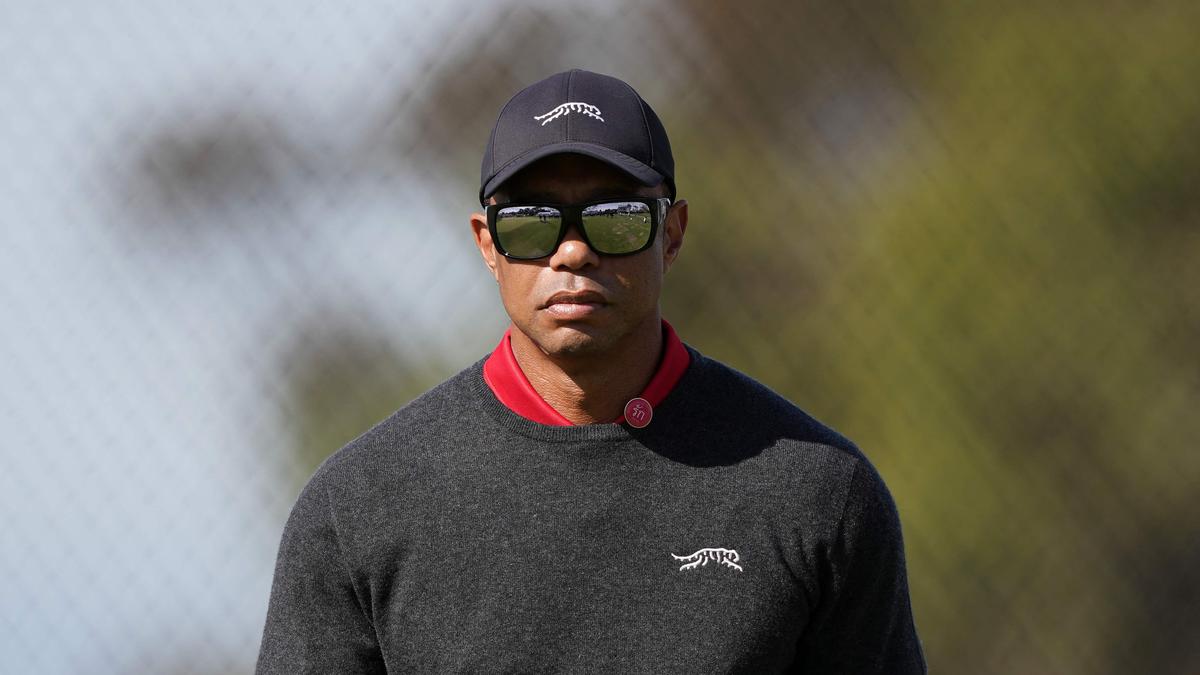Solid hiring signals economic strength, possible Fed pause

Stefani Reynolds/Bloomberg
After a noisy week for economic policy, Friday’s jobs report could be the signal the Federal Reserve needs to keep interest rates unchanged this month.
Employers grew their payrolls in February at a solid pace, albeit slightly lower than expected.
The economy added 151,000 jobs, according to the Bureau of Labor Statistics’ latest
Wall Street forecasters had projected a labor force increase of 160,000 last month, which would have kept the unemployment rate steady. The figures are well below the average over the previous three months of 237,000, but that was somewhat expected given the recent crackdown on immigration, which lowers the break-even threshold for the economy.
The reading bolsters views from Fed officials that the labor market remains strong enough to withstand the elevated inflation rate. In a speech this week, Federal Reserve Bank of St. Louis President Alberto Musalem said the current policy rate — between 4.25% and 4.5% — is “modestly restrictive” but appropriate given the state of the economy.
“Part of my optimism about economic activity stems from the labor market, where conditions remain solid,” Musalem said. “After softening through the first three quarters of 2024, the labor market has stabilized and has recently shown some signs of strengthening, though the recent uptick in initial claims for unemployment insurance bears watching.”
During its January meeting, the Fed’s monetary policy group, the Federal Open Market Committee,
In
“If the hard data is starting to show the economy softening more, we might see rate cuts — we call these bad news rate cuts — and … if the labor market, everything seems to be holding, then you can just kind of keep an eye on inflation. If you think it’s moving back towards target, we can start lowering rates,” Waller said. “I wouldn’t say at the next meeting, but I could certainly see it going forward.”
Friday’s strong employment figures come after a tumultuous week for other
Initial unemployment insurance claims, as tracked by the U.S. Department of Labor, were down slightly week over week, according to the
There were also signs that expectations about future inflation are on the rise. The Federal Reserve Bank of New York found that manufacturers and service firms in its district — which includes New York State, northern New Jersey and southwest Connecticut — expect the growth of both costs and prices to pick up this year, according to
Because these and similar findings about inflation expectations focus on the immediate year ahead, Musalem, in his speech, said he did not believe such sentiments alone would lead to higher inflation. But, he noted, that such pessimism could creep into longer-term expectations over time, especially in light of current economic and policy uncertainties.
“The risk that recent increases in short-term inflation expectations feed into longer-term expectations may be elevated given current economic conditions: growth estimated to be near or possibly above long-run potential, a full-employment labor market, supportive financial conditions and inflation above target,” Musalem said. “Thus, I perceive the risks to inflation as skewed to the upside and am watching near- and longer-term inflation expectations carefully.”
Waller, meanwhile, said he puts little stock in such surveys, noting that respondents are merely quoting an estimate with no “skin in the game.” Instead, he focuses on hedging activity in financial markets, arguing that how much participants are willing to pay for inflation protection gives a clearer, more data-driven indication of forecasts.
“If they think inflation is going to be higher, they’ll pay a big premium. If they don’t, they won’t,” he said, adding that while many firms are paying for one- and two-year hedges, few are taking on longer protections, even in the face of sweeping tariffs against the U.S.’s biggest trade partners. “The markets are not pricing any serious long term inflation. They’re treating it as a price level effect, and not that big of one as of now.”
President Donald Trump’s trade policies have been their own source of volatility this week, triggering stock selloffs and a general sense of
This policy uncertainty is nothing new for Fed officials and it has contributed to FOMC’s wait-and-see approach to monetary policy. Now that some details about the administration’s plans have come to light, New York Fed President John Williams said policymakers have begun making preliminary assessments of their impacts — his view is that they will be inflationary, particularly on consumer goods — but many questions remain unanswered.
“To what extent is that affecting consumer confidence, business confidence, the uncertainty around this and the effects of the tariffs on economic growth, employment and things like that,” Williams said during an onstage interview with Bloomberg News. “There’s still a lot of uncertainty. Directionally, somewhat higher prices … but also a lot of uncertainty about how the economy responds.”
Related
U.S. economy adds jobs as federal layoffs and rising unemployment…
Julia Coronado: I think it's too early to say that the U.S. is heading to a recession. Certainly, we have seen the U.S. just continue t
The job listing site highlighting H-1B positions so Americans can…
A mysterious new job listings website recently went live, solely showing roles companies want to offer to their H-1B holders seeking Green Cards in an attempt t
Tepid February Jobs Report Boosts Odds of a June Fed…
Federal Reserve Board Chairman Jerome Powell speaks during a news conference. Photo by Chip ... [+] Somodevilla/Getty Images.Getty Images The February jobs repo
French university offers jobs to American scientists afraid of government…
As the current federal government in the U.S. has been freezing or cutting funding for several research grants, a French university has stepped in with an offer













